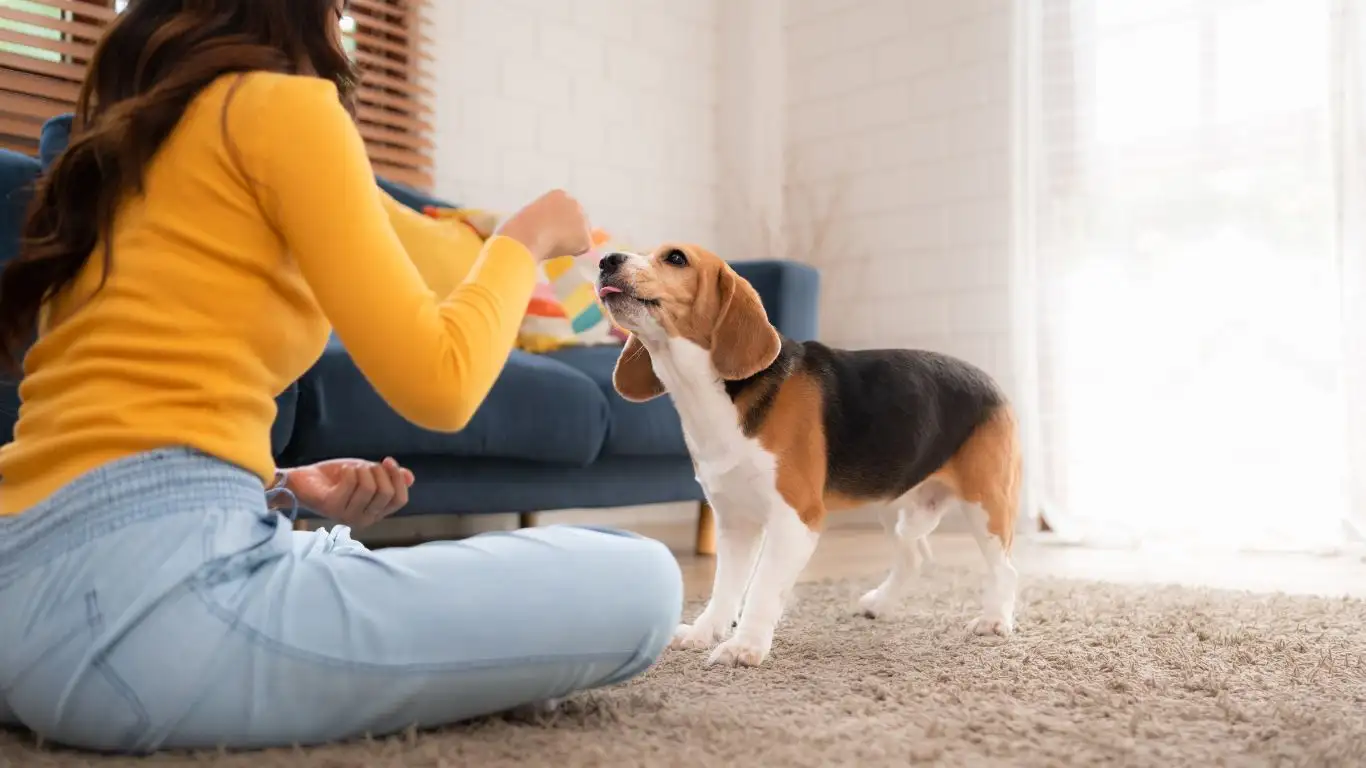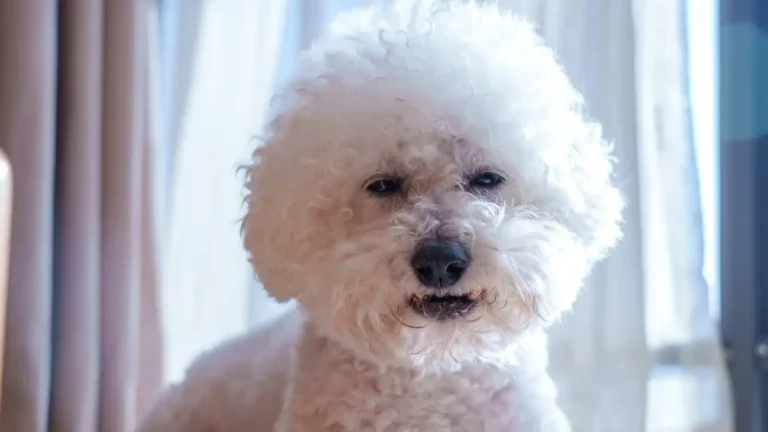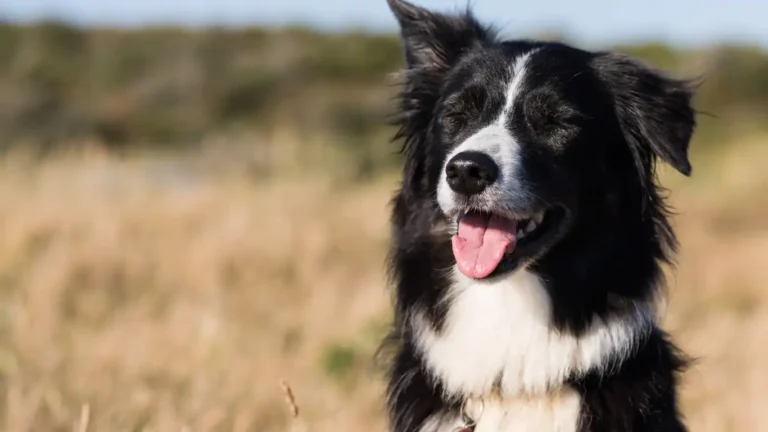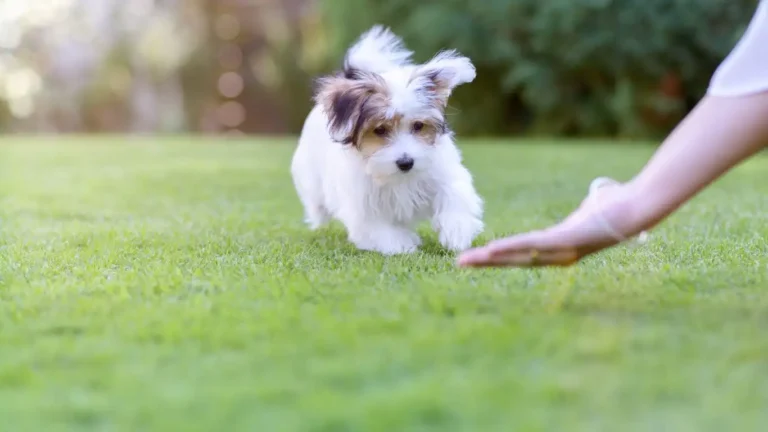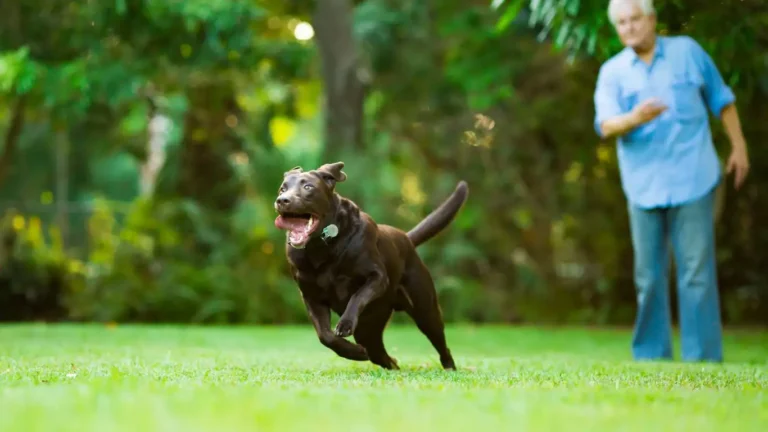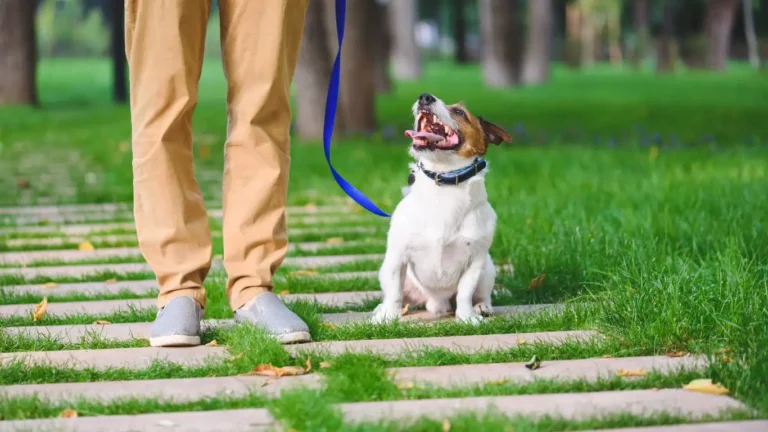Master How to Train a Dog to Sit Before Entering with Calm Confidence
Ever find yourself struggling to control your pup’s excitement when walking into a new place? Trust me, you’re not alone. One of the most common things I get asked as a Canine-Assisted Therapy Trainer is how to train a dog to sit before entering new places. And honestly, it’s one of the simplest, most powerful habits you can teach your dog. Not just for obedience, but for safety, structure, and trust-building too. Whether you’re walking into a vet clinic, a busy park, or just your local pet store—getting your dog to pause and sit before stepping inside sets the tone for everything that follows.
Why Sitting Before Entering Matters
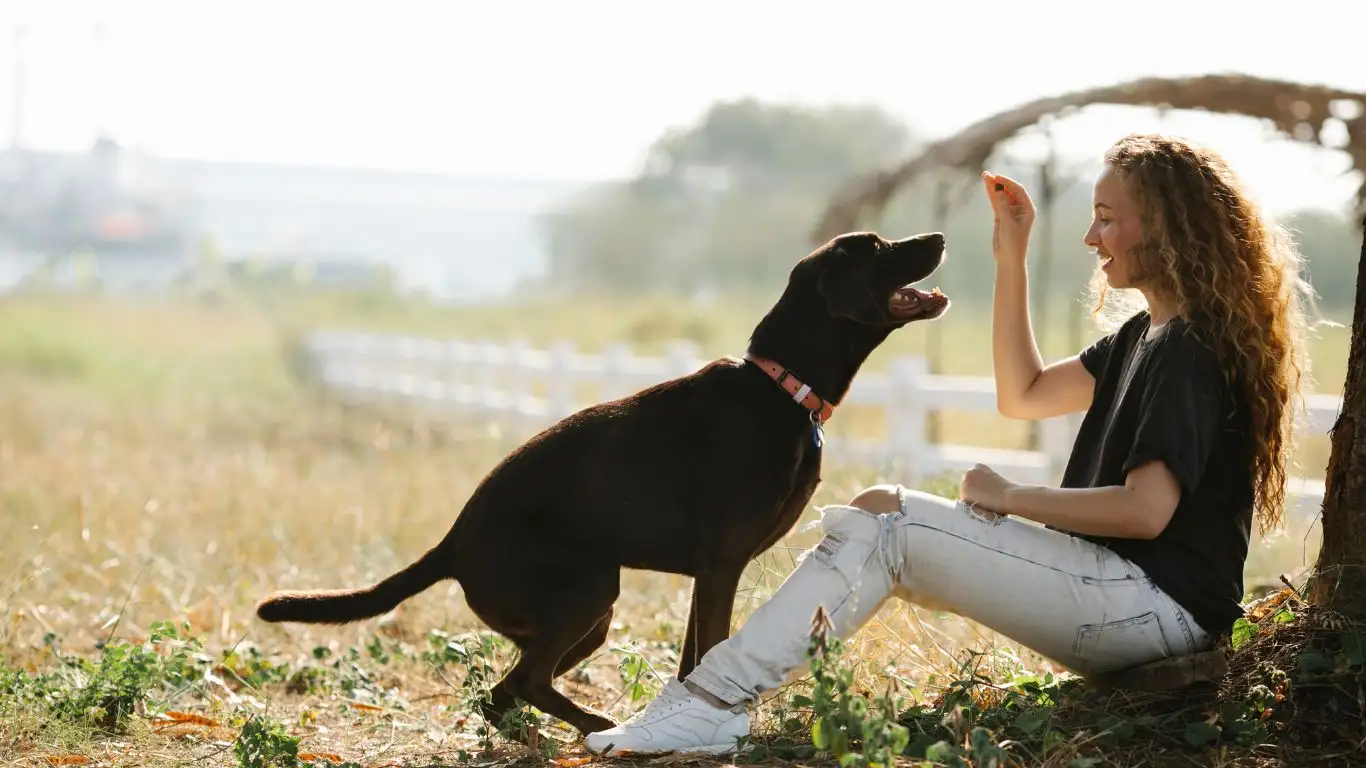
Let me tell you a quick story. I was working with a Labrador mix named Cooper—an absolute sweetheart but hyper as heck. His guardian couldn’t get him to focus the moment they stepped into new environments. But once we taught him to *sit and pause* before walking into any place, it was like a switch flipped. Suddenly, Cooper was more attentive, less reactive, and way easier to manage.
This tiny habit has big-time benefits:
- Creates calm before chaos: Dogs tend to get overstimulated in new environments. Sitting first gives their brain a reset.
- Prevents door-dashing: Great for safety, especially in high-traffic areas or busy parking lots.
- Strengthens your bond: It establishes you as the leader and helps your dog look to you for guidance.
Understanding the ‘Sit’ Command Foundation

The Importance of Consistency
If you’ve ever tried teaching a dog to sit, you know that consistency is everything. Dogs are creatures of habit. If you want them to sit before entering new places, they need to understand “sit” in all sorts of contexts. That means practicing at home, on walks, and even during playtime.
Use the same verbal cue—just “sit.” No need to overcomplicate it. Pair that with a hand signal (I personally use a flat palm facing upward) and reinforce the behavior immediately with praise, treats, or both.
Repetition Builds Reliability
Back when I worked with rescue dogs transitioning into therapy work, I’d repeat basic commands in all kinds of settings. Living rooms, fenced yards, vet offices—you name it. The goal? Generalization. Your dog needs to understand that “sit” doesn’t only mean “plant your butt when you’re comfy at home.” It means “sit, no matter where we are.”
- Start indoors with minimal distractions.
- Gradually move to your driveway or yard.
- Then practice near busy entryways like pet stores or parks.
How to Train a Dog to Sit Before Entering New Places
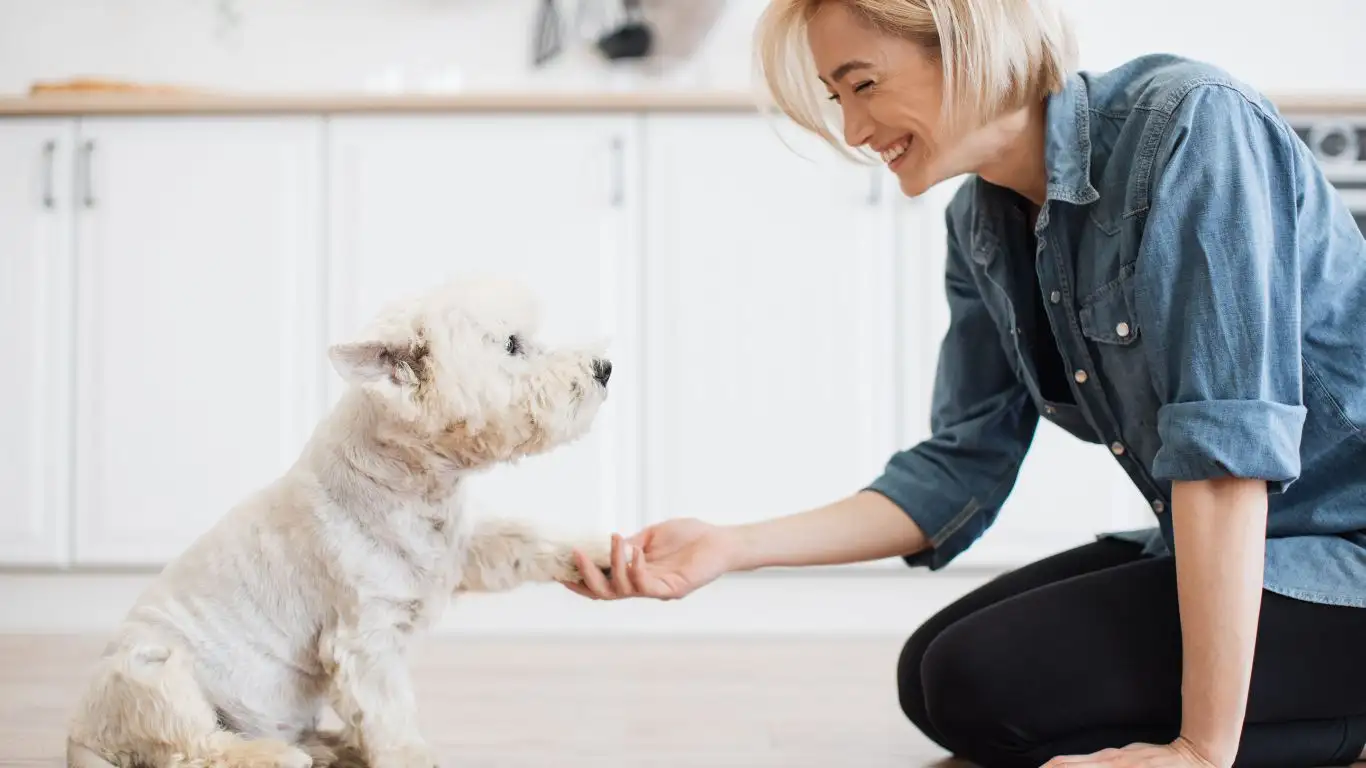
Step-by-Step Breakdown
Let’s get into the nuts and bolts. I’ll walk you through how I usually guide my clients through this. It’s not rocket science, but it does take patience. Every dog is different, and that’s okay!
- Approach the Entrance Slowly: Walk toward the door calmly, leash loose. If your dog starts pulling, pause. You’re in charge of the pace.
- Give the Sit Cue: Stop a few feet before the door and ask for a sit. Don’t yank or force it—use your usual verbal cue and hand signal.
- Wait for Focus: I like to make eye contact here. Once your dog sits and gives you their attention, even for a second, that’s gold.
- Reward: Treat, praise, or affection—whatever motivates your dog. Personally, I carry high-value treats like dehydrated liver for training around distractions.
- Enter Calmly: Only move forward once your dog is sitting and settled. If they pop up early, reset and try again. No biggie.
Make It a Ritual
Dogs love routines, and turning this into a ritual helps them predict what’s expected. My clients often say their dogs start sitting automatically after just a few days of consistent practice. That’s the beauty of muscle memory.
And hey, if you’re dealing with a stubborn pup? Don’t sweat it. One of my German Shepherd clients took nearly three weeks to master this habit. But once it clicked, it was bulletproof. Keep your sessions short, positive, and low-pressure.
Common Mistakes to Avoid
Sometimes, it’s what you don’t do that makes all the difference:
- Don’t repeat the command: Saying “sit sit sit” dilutes the cue. Say it once, then wait.
- Don’t reward if they don’t earn it: No treat unless that butt hits the ground!
- Don’t move forward too fast: If your dog’s not sitting reliably at home, don’t expect miracles outside the coffee shop.
Building Trust Through Body Language
One thing I’ve learned over the years—dogs are watching us all the time. More than our words, they read our tone, our posture, and our pace. When you’re calm, confident, and clear with your body language, your dog picks up on that. They start to mirror it.
If I’m tensed up, yanking on the leash, or rushing, dogs tend to get twitchy and distracted. But if I slow down, breathe, and move with intention, my dog tunes in. That’s the energy you want to carry when teaching them to pause and sit before walking into somewhere new.
Real-Life Situations Where This Training Pays Off
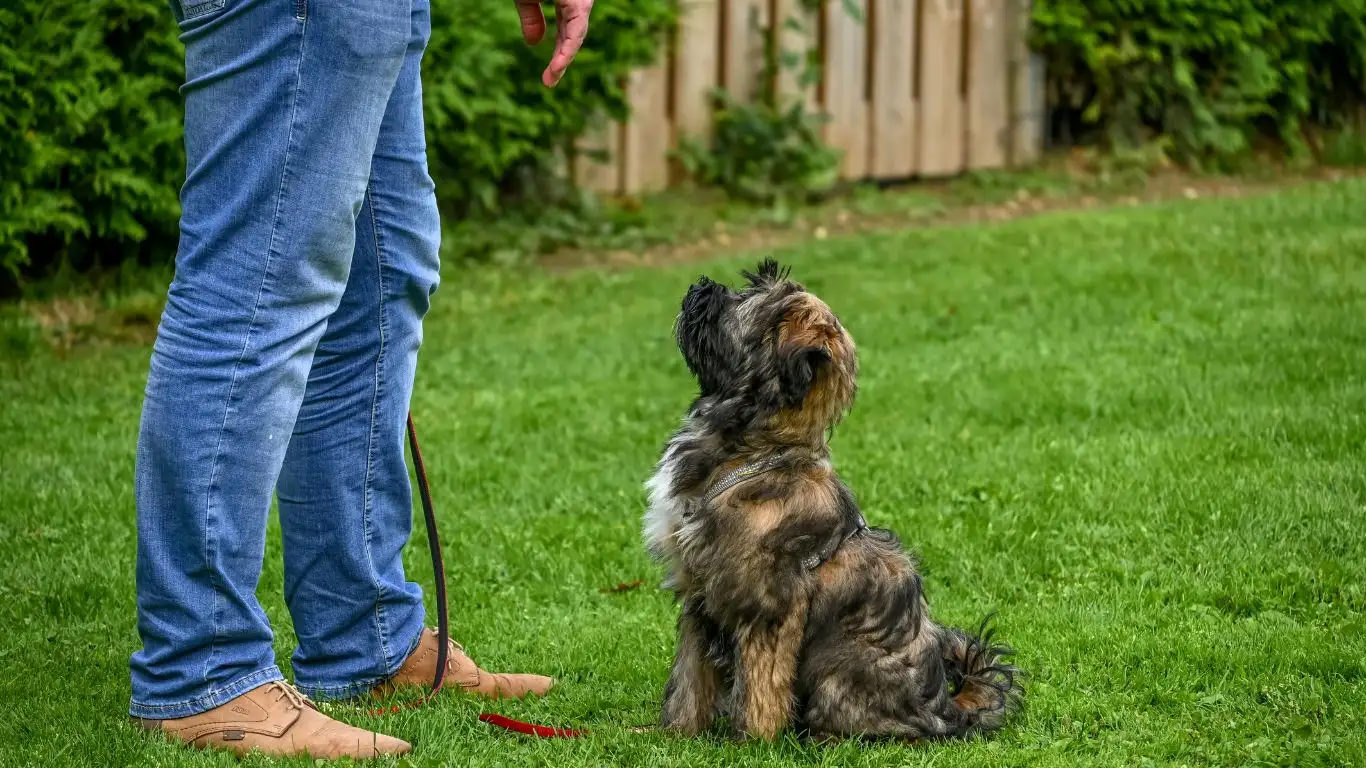
Alright, now that you’ve got the basics down, let’s talk about putting it into practice. Because teaching your dog to sit before entering new places isn’t just a “nice trick” — it’s a *game-changer* in real life. I’ve seen this one habit transform chaotic entrances into smooth, respectful transitions.
Let’s take, for example, the entrance to a busy pet supply store. The smells, the barking dogs, the automatic doors—it’s a sensory overload for most pups. I remember working with a Boxer named Roxy who’d drag her human like a sled dog every time they visited. But once we incorporated the sit-and-wait ritual, Roxy became grounded. It was like flipping a behavioral switch. She’d pause, check in with her handler, and wait patiently for the cue to go inside. No pulling, no drama.
This little habit is especially useful in places like:
- Vet clinics (you really don’t want a reactive pup there)
- Outdoor patios at restaurants or cafés
- Doggy daycares or grooming salons
- Apartment buildings with lobby traffic
It’s all about building those calm, confident habits that ripple into every area of your dog’s behavior.
Adding Distractions to the Mix
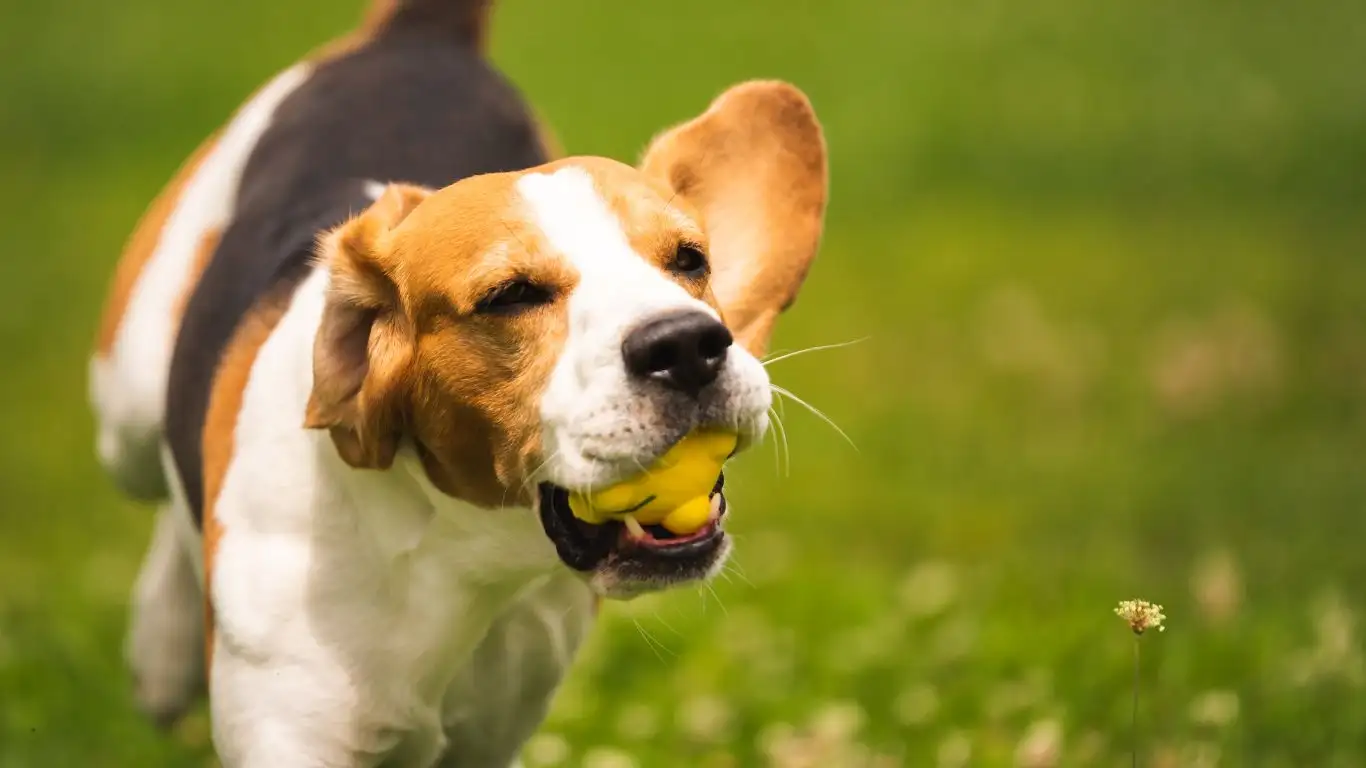
Start Slow, Then Stack the Challenge
Let me be real with you: even the best dogs will fail at sit-before-entry if you jump straight into high-distraction environments. You gotta build up to it, just like any good training regimen. One of my golden rules is: train for the world your dog lives in, but introduce distractions gradually.
Here’s what I usually do with clients:
- Start in your driveway or front porch—quiet and familiar.
- Practice near a neighborhood park during quiet hours.
- Add in mild distractions—other dogs at a distance, joggers, birds.
- Eventually train in front of a grocery store or vet’s office (not going in yet).
- Finally, cue the sit before entering the actual place you’re targeting.
Remember, the goal is not to “test” your dog but to *set them up for success*. One of the biggest mistakes I see is people asking too much, too fast. That’s how frustration builds—both for you and your pup.
Use the Right Rewards
Now let’s talk motivation. If you’ve got a food-driven dog (which most are), then awesome—you’re halfway there. But not all treats are created equal. I keep a stash of “everyday treats” and a secret stash of “jackpot treats.” The jackpot ones only come out when we’re working in tough environments. Think small pieces of cheese, boiled chicken, or liver bits.
If your dog is more toy-driven, bring a squeaky or tug toy. And always pair it with verbal praise. I’m a big fan of saying, “YES! Good sit!” in an upbeat voice. Dogs love to know they’ve nailed it.
Turning a Cue Into a Habit
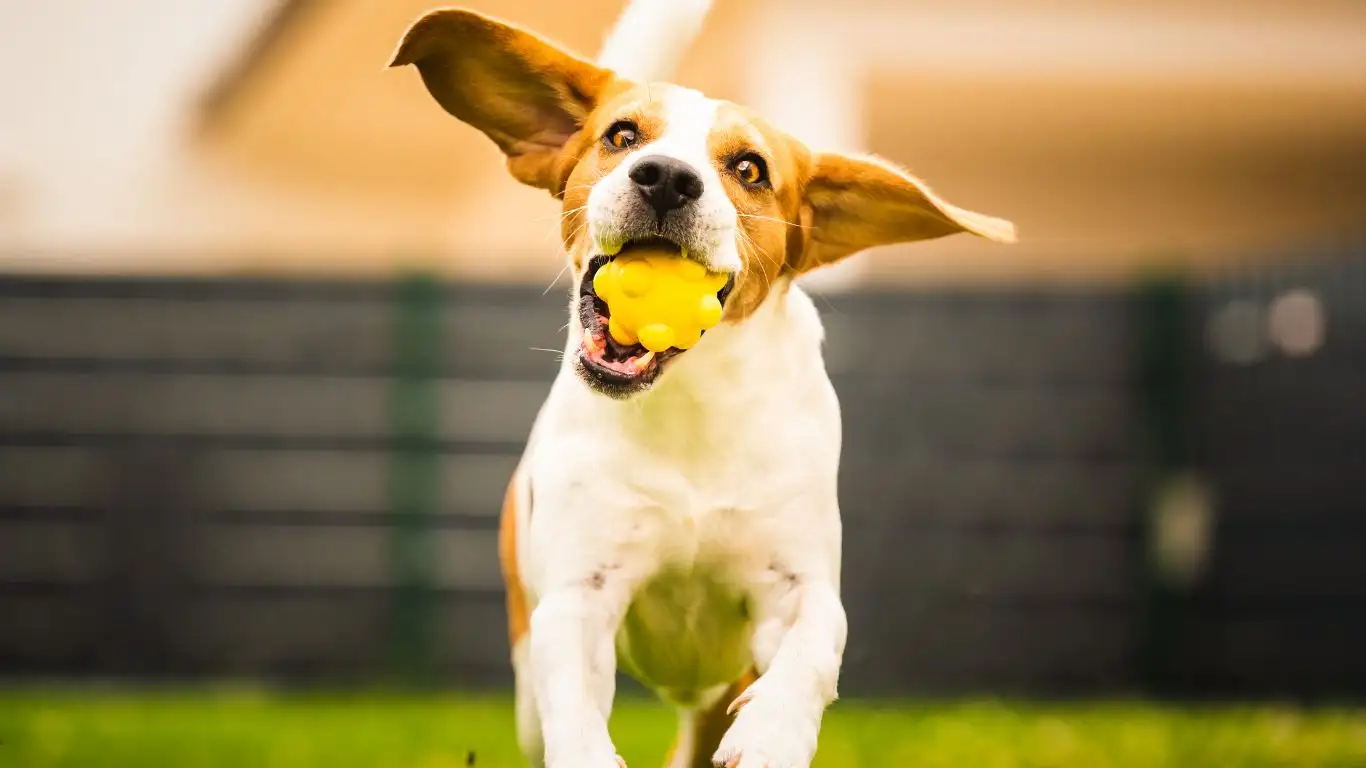
There’s a magic moment in training when a dog goes from needing a cue… to doing it automatically. That’s the sweet spot. You know they’ve really internalized the behavior when they walk up to a door and *choose* to sit without you even asking. That’s when habit has taken root.
To get there, you’ll need:
- Repetition: Do it daily. Several times a day. Even if it’s just stepping in and out of your house.
- Timing: Reward within 1-2 seconds of the sit. Delayed praise confuses the connection.
- Routine: Dogs thrive on structure. Make this sit-before-entry part of your every outing.
What If My Dog Won’t Sit?
Hey, not every dog is going to catch on quickly. And that’s totally fine. Some dogs get overwhelmed. Some are just stubborn. I had a Schnauzer named Bean who’d rather dance around than sit still. So we changed it up: practiced indoors with zero pressure and used a lure to guide him into position. Once he realized sitting got him into new places faster, boom—behavior locked in.
Here are a few backup tricks I use when dogs resist the sit:
- Lure with a treat: Hold it just above their nose and move it back over their head. Most dogs will naturally sit to follow it.
- Use a target object: Like a small mat or even your foot. Dogs sometimes need a visual anchor.
- Reward calm behavior first: If your dog is too hyped to sit, start by rewarding calm standing or eye contact, then shape the sit from there.
When to Take a Break
If your dog is getting frustrated—or you are—pause. Go back to basics. End on a win. Even a 3-second sit is progress. Then try again tomorrow. Progress is rarely linear in dog training, and trust me, I’ve had off days with even the best-behaved therapy dogs.
Training Beyond Obedience: Building Confidence
Here’s something a lot of folks don’t realize: teaching your dog to sit before entering new places isn’t just about control—it’s about confidence. The act of pausing, checking in, and waiting for your cue gives them clarity. It lowers anxiety in new environments because they’re not guessing what comes next. They know the drill.
I’ve worked with nervous rescues and reactive pups, and one of the first things we implement is this pause ritual. It becomes a mental anchor, something predictable and safe. That sense of structure helps them trust the world around them—and more importantly, it helps them trust you.
So don’t underestimate the power of a simple sit. It’s not just manners. It’s emotional grounding. And over time, it becomes a part of who your dog is: calm, collected, and totally tuned in.
Adapting the Training for Different Dog Personalities
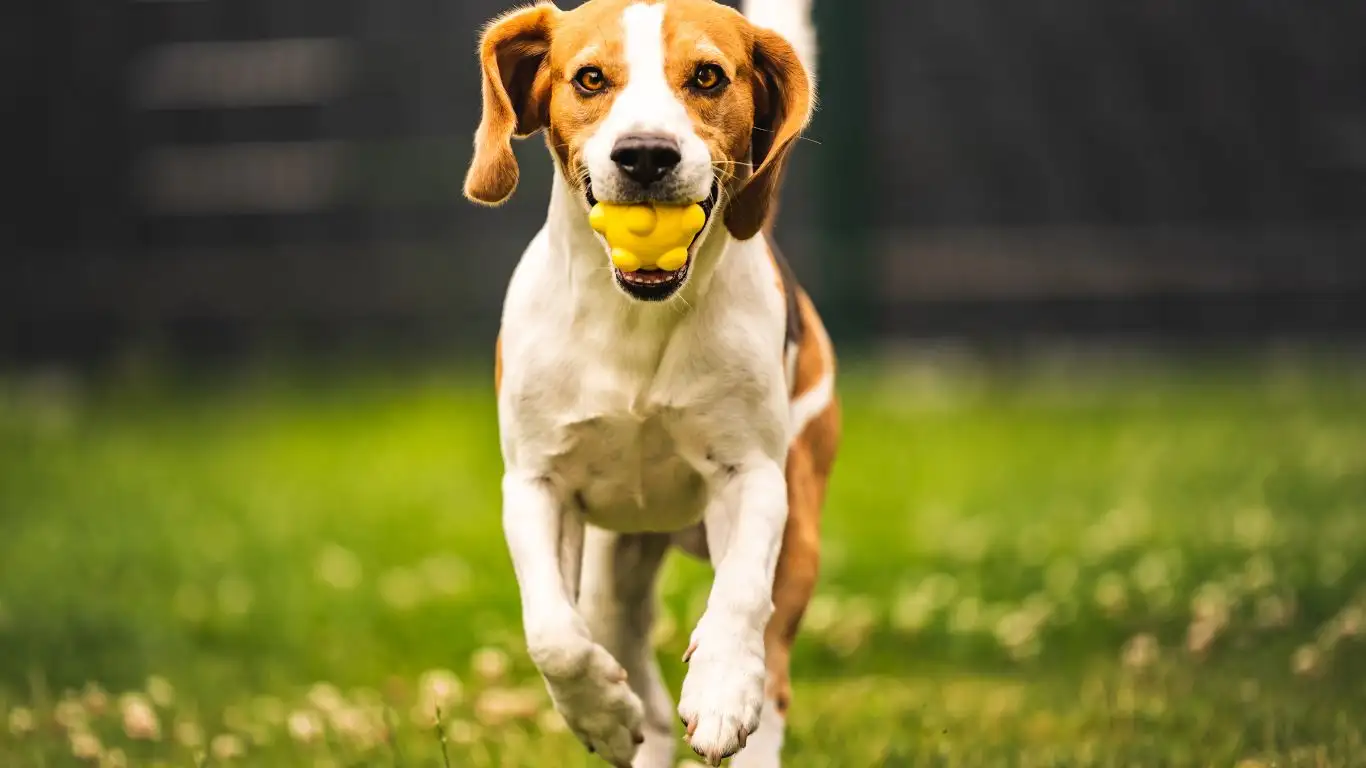
Let’s be honest—no two dogs are exactly alike. What works like a charm for one might leave another totally unimpressed. That’s where knowing your dog’s personality comes into play. I’ve worked with everything from high-strung Border Collies to chill-as-a-cucumber Basset Hounds, and each one needed a slightly different approach when learning to sit before entering new places.
For example, working breeds like Australian Shepherds often pick things up lightning fast, but they can also overthink the task if you’re not clear. Meanwhile, more independent types—like Huskies or Shiba Inus—may challenge you just for the thrill of it. It’s not disobedience, it’s just who they are. And that’s okay.
Here’s how I tweak my method based on personality type:
- The Overthinker: Keep sessions short, direct, and high-reward. Don’t let them get bored. Mix it up with movement-based games between reps.
- The Nervous Nellie: Go slow. Practice in ultra-low-distraction environments and use soft, encouraging praise. Avoid loud corrections.
- The Stubborn Rock: Be patient but firm. Clear cues. Hold your ground without frustration. Celebrate small wins like eye contact or half-sits.
Remember, training is a dialogue. You’re not commanding a robot—you’re building a relationship. And trust me, when your dog starts sitting automatically before stepping into a new place, it’s the clearest signal that you two are *in sync*.
Maintaining Progress Over Time
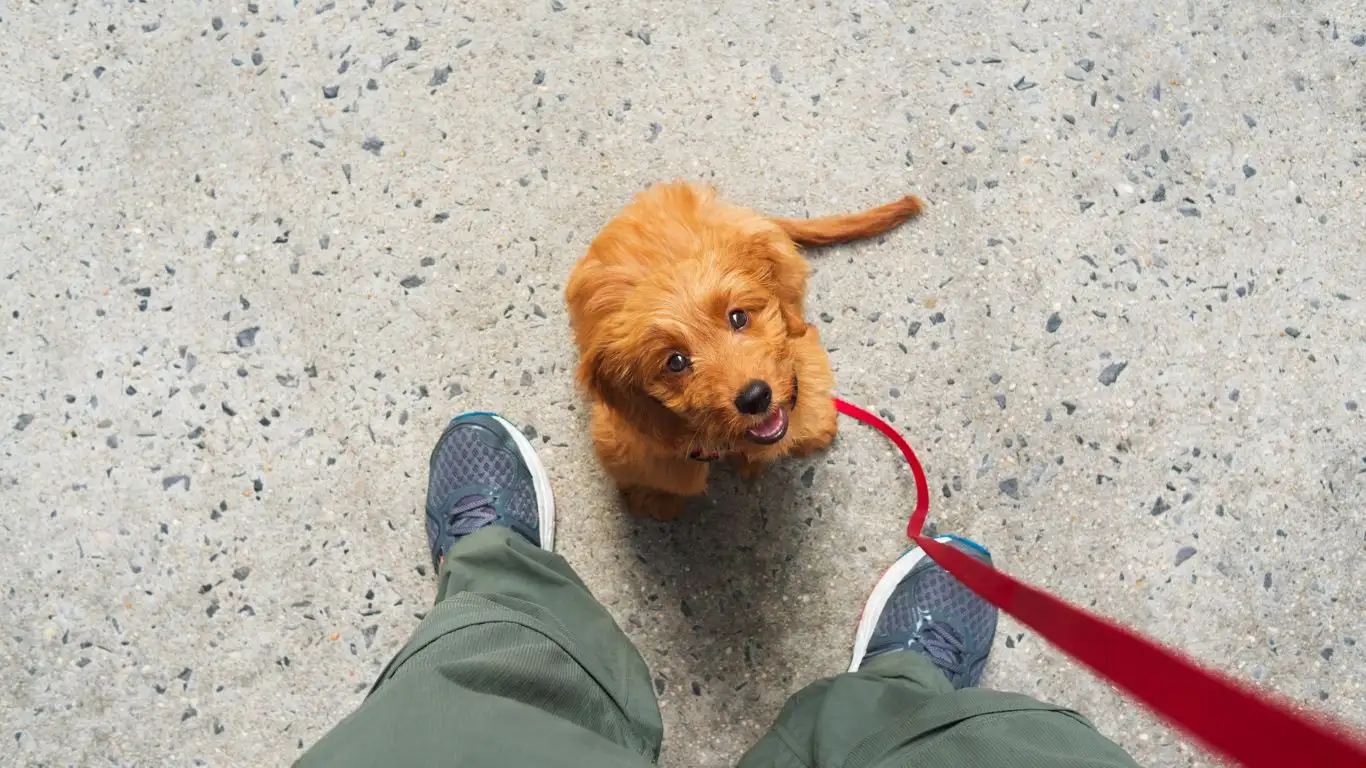
Alright, so your dog has the hang of it—sits like a pro before going into new places. Amazing! But how do you keep it that way? Maintenance is just as important as the initial training. Without it, behaviors start to fade, and before you know it, you’re back to square one with a dog charging through doorways again.
Here’s how I help clients lock in that training long-term:
1. Keep Reinforcing—Even Randomly
You don’t have to reward every single time forever, but toss a surprise treat or enthusiastic praise in once in a while. Dogs love unpredictability when it comes to rewards. It keeps the behavior fresh and fun.
2. Practice in New Settings Monthly
Take your dog to new places—pet-friendly stores, trails, outdoor markets—and go through the same sit-before-entry routine. It helps reinforce the generalization of the cue.
3. Make It a Family Habit
If you’re not the only one walking the dog, make sure everyone’s on the same page. Mixed signals confuse dogs. I’ve seen dogs sit beautifully with one handler and completely ignore another—because consistency wasn’t there. Everyone should use the same cue, the same tone, the same reward timing.
Using Tools and Gear to Support Training
Let’s quickly talk gear. While no tool replaces good training, the right equipment can make your life a lot easier—especially in the early stages of teaching your dog to sit before entering new places.
- Standard 6-foot leash: Skip retractables for this work. You need steady, close control.
- Front-clip harness: Helps reduce pulling while you reinforce the sit cue at thresholds.
- Treat pouch: Having rewards handy makes all the difference. Timing is everything!
I often use a gentle leader for bigger, more excitable dogs—not as a punishment tool, but as a way to guide attention back to the handler. Used right, it’s a great focus tool for this kind of training.
Celebrating the Milestones (Even the Small Ones)
Training your dog to sit before entering new places might seem like a small goal, but it’s worth celebrating every step of the way. I’ll never forget when one of my senior clients, who was working with a young adopted Lab, sent me a video of her dog sitting calmly outside the vet’s office—on a windy day, with other dogs barking in the background. It wasn’t perfect, but it was a massive leap forward. We both cried a little.
Progress isn’t always about perfection. Sometimes it’s just a calm pause where there used to be chaos. Those are the wins that matter.
Final Thoughts: Why This Habit Has Bigger Impact Than You Think
On the surface, getting your dog to sit before entering new places seems like a simple obedience exercise. But peel back the layers, and you’ll see it’s about so much more—impulse control, trust, communication, leadership, safety. It’s a micro-behavior that lays the foundation for a well-balanced dog-human relationship.
As someone who’s spent years helping dogs become therapy-ready, I can tell you firsthand: this one habit is a stepping stone to a calmer, more confident pup. It’s not flashy. It’s not Instagram-trick material. But it works. And the beauty is, *anyone* can do it. No fancy credentials required. Just patience, consistency, and a lot of love.
References
Disclaimer
This article is based on my professional experience as a Canine-Assisted Therapy Trainer and is intended for informational purposes only. While I strive to provide accurate, experience-backed guidance, every dog is unique. Always consult a certified trainer or veterinarian if you encounter behavioral issues or medical concerns. Training should always be positive, respectful, and adapted to your dog’s individual needs and temperament.
